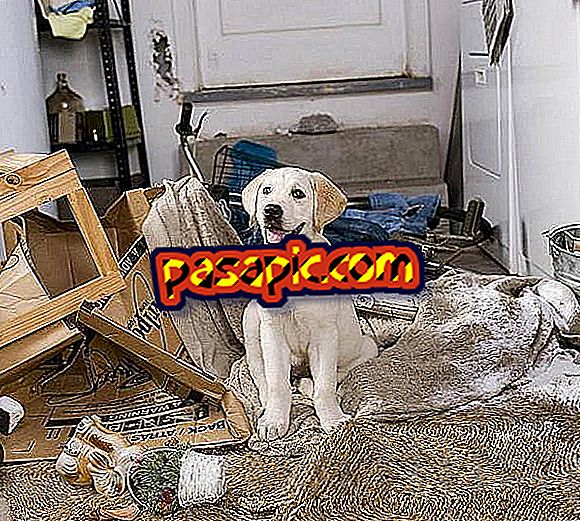How to classify expenses in a company

Although we all intend that the costs are as small as possible to increase profitability and profits of the company, it is indisputable that they form an essential part of the life of the company, since they are necessary. Due to the diversity of expense items that a company has, it is convenient to have them as organized as possible, so in this article of .com we will explain how to classify expenses in a company.
Source photo: blog.openges.es
As attributed to the product
The first classification will be based on whether the expense is directly or indirectly attributable to the product or service developed and offered by the company. Therefore, we have:
- Direct expenses: they are immediately attributable to a certain product, so the proportion and amount corresponding to each product or batch of products is known. It can be for example, the cost of the raw material to elaborate it or the commission that a commercial takes for its sale.
- Indirect expenses: they have difficulties to measure how much of said expense belongs to each product. They are usually general expenses attributable to the business itself, such as expenses of supplies or salaries of certain departments.
According to the volume of business
These expenses are classified according to the volume of business that the company manages, it is the most usual measure. We can distinguish between the following possibilities:
- Fixed costs: those costs that do not depend on the amount of production or services sold by the company, since they are always the same, regardless of whether there is much or little. Examples would be the cost of paying the rent of a ship or the salaries of the permanent employees.
- Variable costs: these depend on the amount of production and the volume of sales of the company. For example, it would be a variable cost the raw material that is needed to produce a product, since more production, more of it we need.
- Semi- fixed costs: their main characteristic is that they are fixed for a certain volume of business, but they vary as one goes from one rank to another. For example, from 1 to 100 units is the same amount, but when you reach 101 it varies and stays until you reach 250. An example would be the need to hire employees for eventual productions that need a greater quantity of these.


